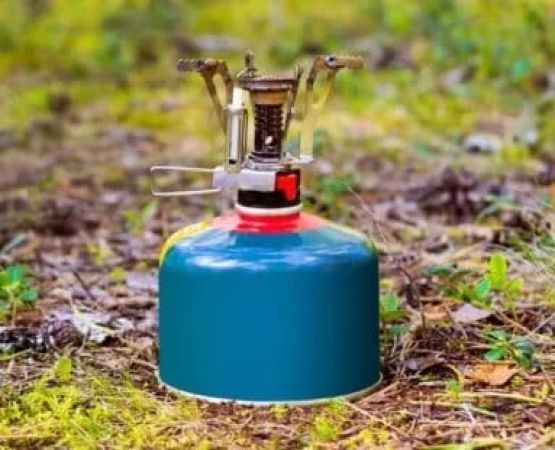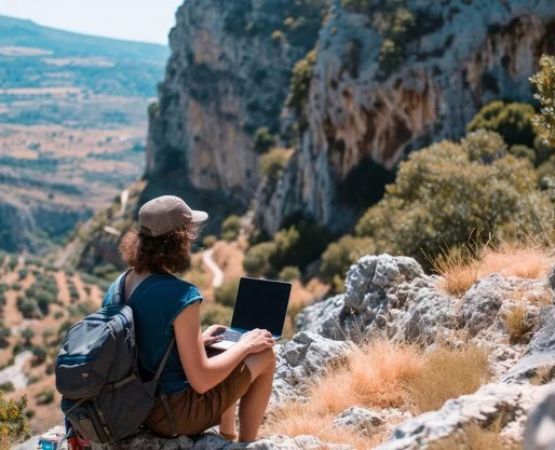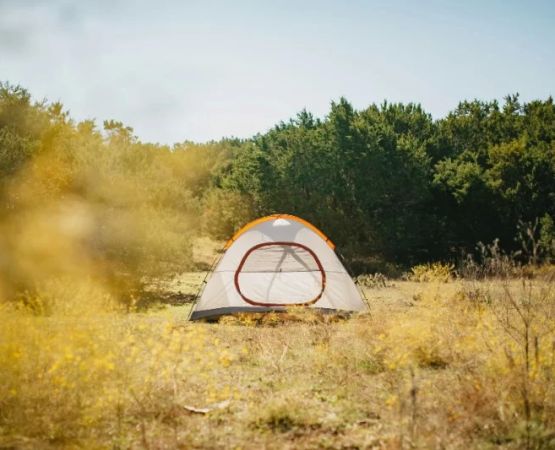How to Make a Homemade Campfire Grill
- Introduction to Campfire Grills
- Why Choose a Homemade Campfire Grill
- Materials Needed for Building a Campfire Grill
- Step-by-Step Guide to Building a Campfire Grill
- Real-Life Campfire Grill Experience
- How to Use and Maintain Your Campfire Grill
- Conclusion
1. Introduction to Campfire Grills
There’s something undeniably magical about cooking over an open campfire. Whether you’re camping in the wilderness, enjoying a weekend getaway, or simply looking for a unique way to enjoy a meal outdoors, a campfire grill can make all the difference. If you’ve ever wondered how to make your own campfire grill, you're in the right place. A homemade campfire grill offers the perfect opportunity to create a custom setup suited to your specific needs, and it can even become a fun project for the whole family to take part in.
In my own experience, I’ve used both store-bought and homemade campfire grills, and while the store-bought versions are convenient, there’s something special about crafting your own grill. Not only is it rewarding to use something you built yourself, but it’s also often cheaper and more customizable than buying a pre-made one. Whether you're an experienced outdoorsman or a casual camper, learning how to make a homemade campfire grill is a useful skill that can enhance your outdoor adventures.
2. Why Choose a Homemade Campfire Grill
While purchasing a pre-made campfire grill might seem like the easiest option, there are several reasons why making your own could be the better choice. A homemade campfire grill allows for customization, creativity, and a sense of accomplishment. When I built my first campfire grill, I realized that I could design it to fit my exact cooking style and the size of my campfire. This flexibility is something that pre-made grills can’t always offer.
2.1 Cost-Effective
One of the biggest reasons to build your own campfire grill is cost. Pre-made grills can be expensive, especially if you want something sturdy and durable. By sourcing your own materials, you can save a considerable amount of money. In fact, when I built my own grill, the cost of materials was a fraction of the price of buying a high-end grill, and it worked just as well, if not better.
2.2 Customization
Another advantage of making your own campfire grill is the ability to customize it. You can choose the size, shape, and material based on your needs. For example, if you're someone who loves cooking large meals, you can build a bigger grill with a wider surface area. I customized my grill to include a foldable grate that could be easily stored when not in use. This type of versatility is hard to find in pre-made grills.
2.3 Fun and Rewarding DIY Project
Building your own campfire grill can be a fun and rewarding project. Not only do you get to enjoy the process, but you also gain a sense of pride knowing that you’ve created something functional from scratch. It’s a great bonding experience if you're camping with family or friends, and it makes the whole camping trip feel more authentic. My family and I spent an afternoon building our own campfire grill, and we still talk about it whenever we go camping together.
3. Materials Needed for Building a Campfire Grill
Before you get started, it’s important to gather the right materials. Building a campfire grill doesn’t require a lot of tools or resources, but the quality of the materials you choose can make a significant difference in the longevity and effectiveness of your grill. Here are the basic materials you'll need to get started:
3.1 Metal Grates
The most important component of your campfire grill is the metal grate, which serves as the surface for cooking. I’ve found that using a stainless steel grate works best because it’s durable and heat-resistant. You can repurpose an old grill grate or purchase a new one from a hardware store. It’s crucial to ensure the grate fits the size of your campfire setup.
3.2 Metal Rods or Rebar
To support the grate over the fire, you’ll need metal rods or rebar. These sturdy materials can handle the heat and weight of the grill while keeping the grate securely above the flames. I used rebar for my project, cutting it to size and bending it into a simple frame to hold the grate in place. You can adjust the height of the rods based on how far you want the grate to sit above the fire.
3.3 Fireproof Bricks or Stones
If you want to create a more stable and permanent setup, consider using fireproof bricks or stones to build a foundation for your grill. These materials help contain the fire and provide a solid base for the cooking area. I used flat stones from a nearby river to create a makeshift fire pit and placed the rebar frame over the stones for extra stability.
3.4 Welding Tools or Fasteners
If you’re comfortable with welding, you can use a welding machine to connect the metal parts of your grill. However, if you’re a beginner or want a simpler option, you can use metal fasteners to assemble the frame. I used screws and nuts to secure the rebar together, making the assembly process easier and quicker.
4. Step-by-Step Guide to Building a Campfire Grill
Once you have your materials ready, it’s time to get to work. Building your own campfire grill is a relatively simple process, and with a little patience, you’ll have a fully functional grill in no time. Below is a step-by-step guide to creating your own homemade campfire grill:
4.1 Prepare the Frame
Start by assembling the metal frame that will hold the grill grate. If you're using rebar, cut it to the desired length and bend it into a rectangular or square shape, depending on the size of the grate. Secure the rods in place by welding or using fasteners. Once the frame is assembled, check to ensure it is stable and level.
4.2 Install the Support Bars
Next, attach support bars to hold the metal grate above the fire. These bars can be placed at the four corners or along the sides of the frame, depending on your design. Ensure that the bars are sturdy enough to support the weight of the grate and any food you plan to cook. I spaced mine evenly to create a stable surface for the cooking grate.
4.3 Place the Grate on Top
Once the frame is secure, place the metal grate on top of the support bars. Make sure it fits comfortably within the frame and sits at the right height for cooking over the fire. Test the stability of the grate by gently pressing down on it to ensure it’s firmly in place.
4.4 Final Adjustments
Finally, make any adjustments to ensure the grill is stable and safe to use. If necessary, reinforce the frame or adjust the height of the grate. Once everything is secure, your homemade campfire grill is ready for use. I suggest giving it a test run by cooking something simple, like sausages or vegetables, to ensure everything works properly.
5. Real-Life Campfire Grill Experience
During a recent camping trip, my friends and I decided to use the homemade campfire grill I had built. We were cooking dinner by the lake, and I set up the grill over the campfire. The grill worked perfectly, providing an even cooking surface for our food. We were able to cook burgers, veggies, and even grill some fresh fish we caught earlier in the day. The process was seamless, and we were able to enjoy a great meal under the stars.
What made the experience even more enjoyable was knowing that I had built the grill myself. It became a talking point for everyone at the campsite, and we had a great time cooking together. This personal connection to the grill made the meal even more memorable. Whether you're an experienced camper or a beginner, building your own campfire grill adds a special touch to any outdoor cooking adventure.
6. How to Use and Maintain Your Campfire Grill
To get the most out of your homemade campfire grill, it’s important to know how to use and maintain it properly. Here are a few tips:
6.1 Using Your Grill Safely
Always ensure that the campfire grill is stable and positioned away from overhanging branches or anything that could catch fire. Use long tongs or a grilling spatula to handle food on the grill, and never leave the grill unattended while it’s in use. I always keep a fire extinguisher or a bucket of water nearby, just in case.
6.2 Cleaning Your Grill
After each use, make sure to clean the grill grate thoroughly. I use a wire brush to remove food residue and soot. Occasionally, I’ll use a bit of soap and water to clean the grate, but make sure to dry it completely before storing it to prevent rusting.
6.3 Storing Your Grill
When not in use, store your homemade campfire grill in a dry place. If you used metal parts like rebar, it’s important to ensure that the grill is kept away from moisture to prevent rust. I store mine in a shed with a tarp to protect it from the elements.
7. Conclusion
Building your own campfire grill is a fun, cost-effective, and rewarding project that can enhance your outdoor cooking experience. By customizing the grill to your needs, you not only create a functional tool but also gain a sense of pride in the process. Whether you're a seasoned camper or just getting started, making a homemade campfire grill is an activity worth trying. If you’re planning a camping trip, don’t forget to check out Pine Cliff Resort for more outdoor adventure ideas and to book your next getaway!






